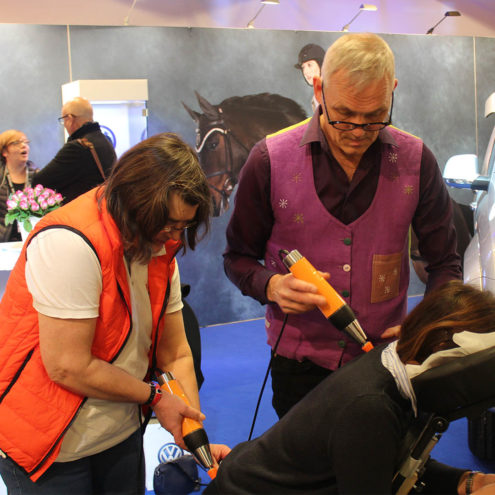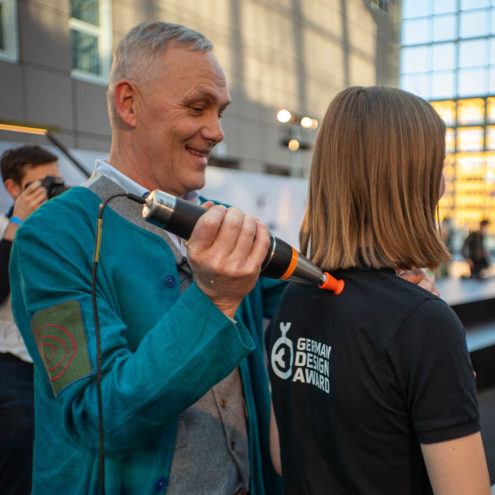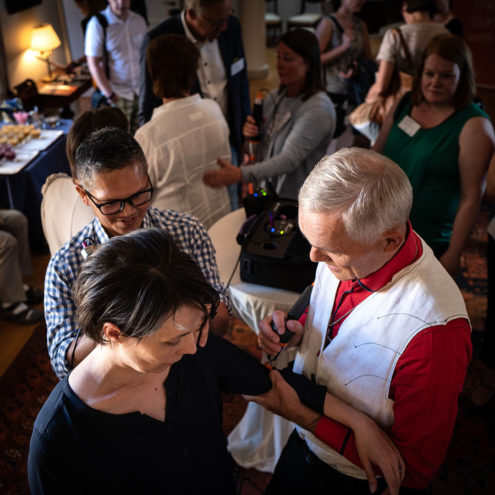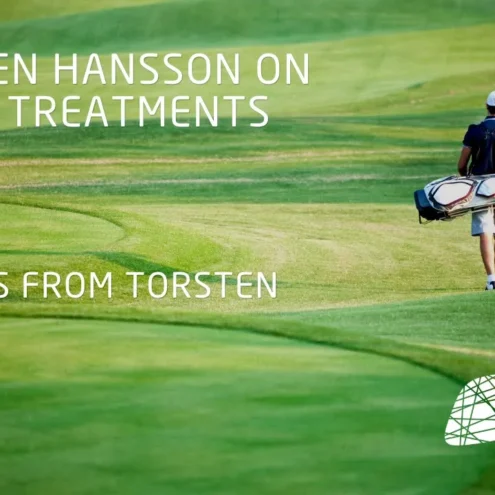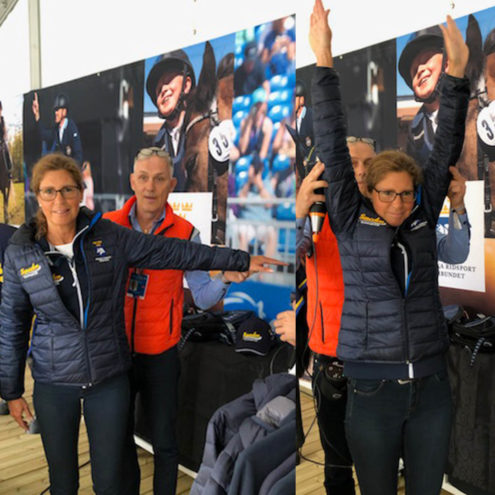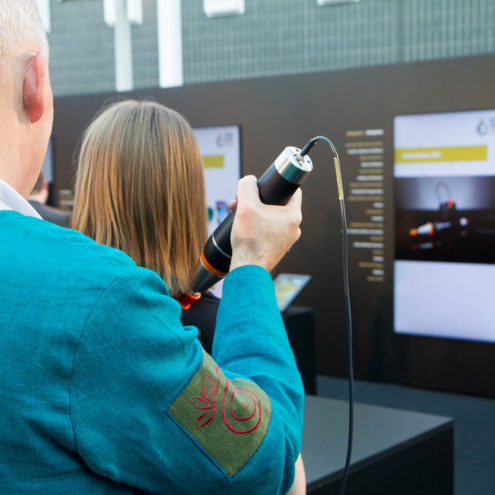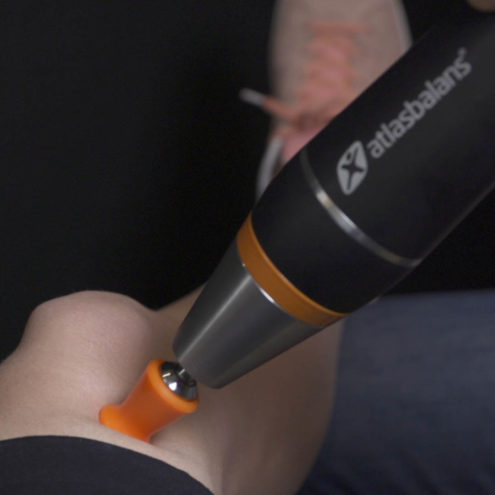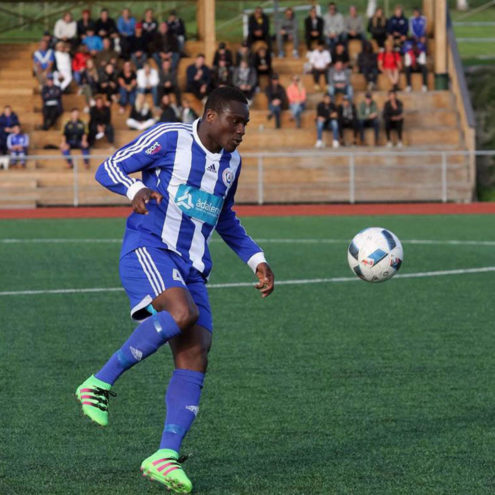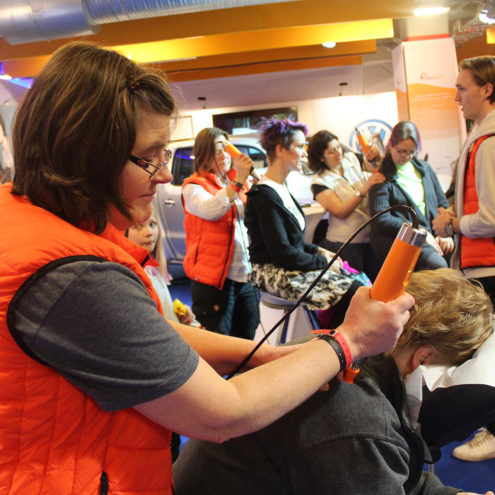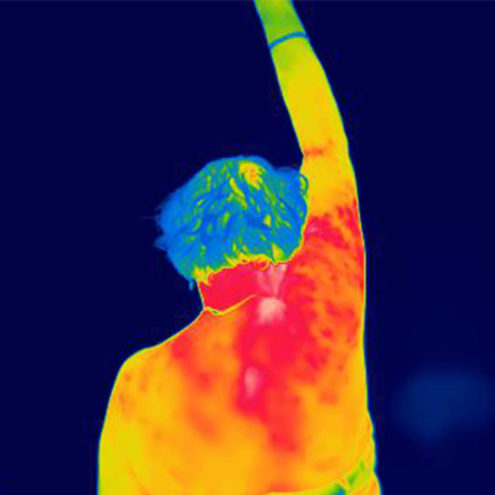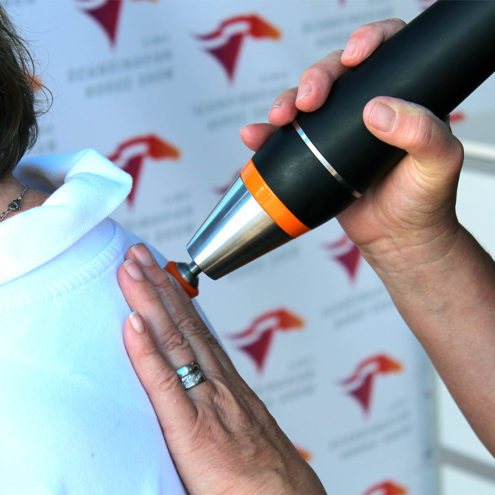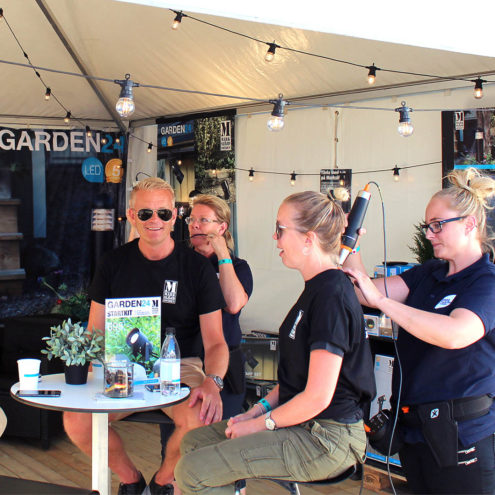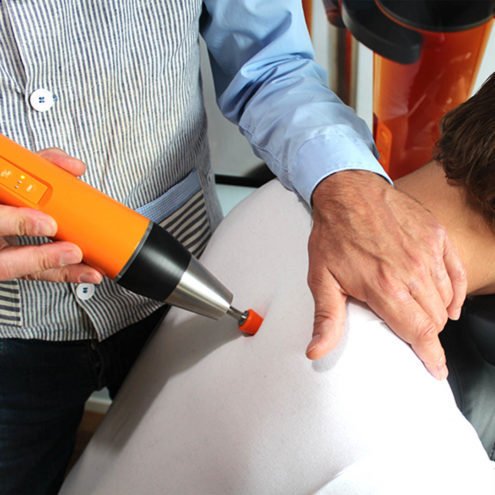Common golf injuries – Prevention and treatment
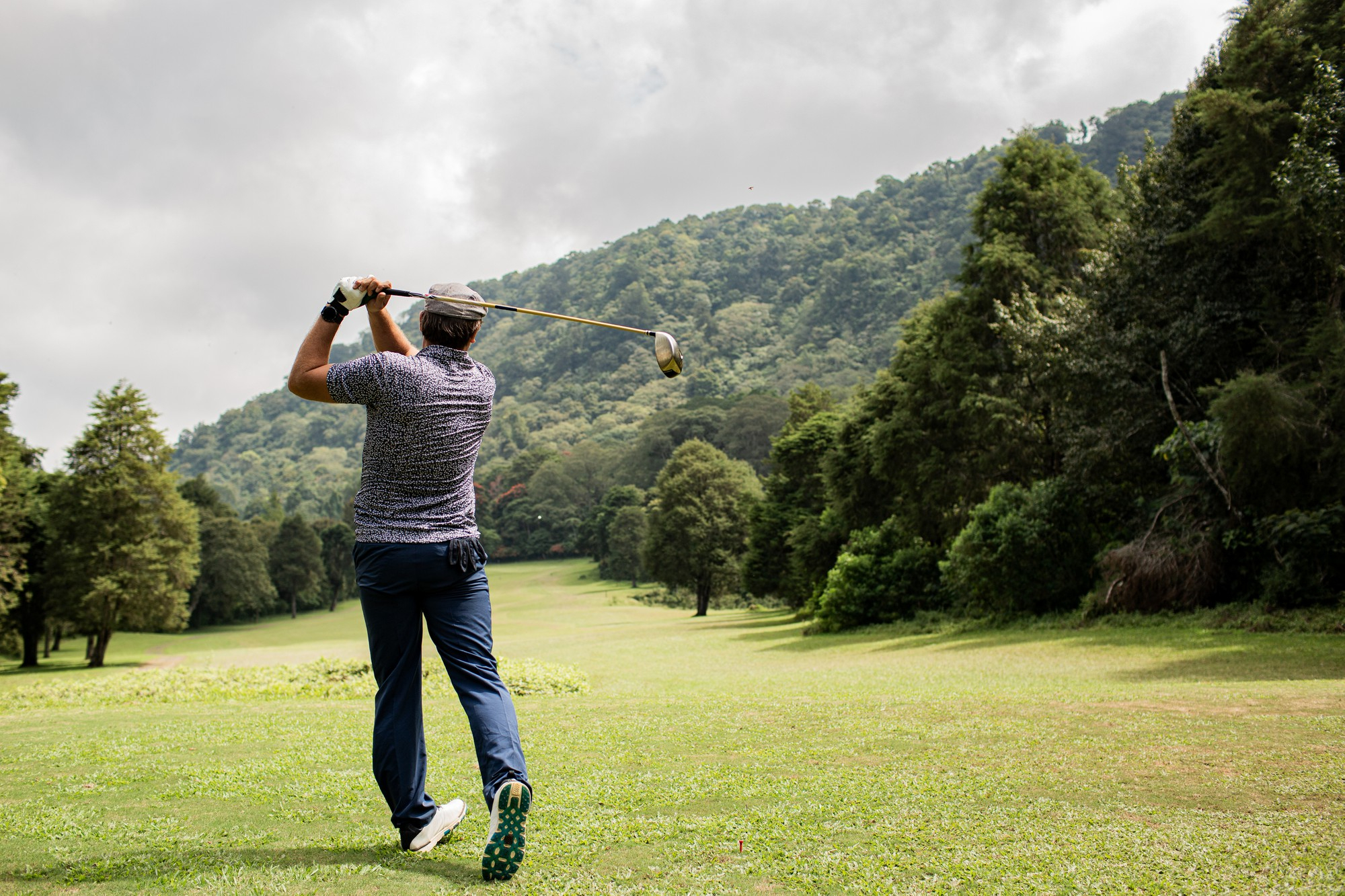
Golf may seem like a gentle sport, but the repetitive and twisting motion of each swing can take a toll on the body in several ways. Golfers often suffer wrist, elbow, back and knee injuries due to repetitive strain, poor technique or lack of physical preparation.
To reduce the risk of injury and play pain-free for longer, it’s important to understand the most common injuries, what causes them and how they can be prevented. In this guide, we’ll look at the most common golf injuries, their causes, effective methods of prevention and treatment, and how Fascia Clinics can help you optimize your body for a better and more sustainable golf game.
Common types of injuries in golf
Although golf is not a contact sport, the repetitive movements and vigorous twisting of the body can lead to overuse injuries. Here are some of the most common injuries among golfers:
Wrist injuries
The wrist is crucial for controlling the club and executing an effective swing.
Common injuries:
- Tendonitis (tendonitis): Caused by repeated overuse, leading to pain and stiffness in the wrist.
- Carpal tunnel syndrome: Nerves in the wrist are pinched, which can cause numbness and weakness in the hand.
Symptoms: Pain when gripping the club, stiffness and weakness when swinging.
Golf bow
Golf elbow (medial epicondylitis): An overuse injury in which the tendon attachment on the inside of the elbow becomes inflamed.
Causes: Repeated blows and poor grip on the club can strain the tendons in the forearm.
Symptoms: Pain on the inside of the elbow, stiffness and weakness when gripping objects.
Back pain and overload
Why do golfers get back problems?
- The explosive and twisting motion of the swing puts great strain on the lumbar spine.
- Poor trunk stability and incorrect technique can lead to muscle strains and pain.
Common injuries:
- Muscle strains: Causes pain and stiffness in the lower back.
- Herniated disc: Occurs with prolonged misalignment and can cause radiating pain in the legs.
Symptoms: Pain in the lower back, stiffness and difficulty in performing the swing smoothly.
Knee problems
The knees are subjected to high torques during the swing, especially on the downswing.
Common injuries:
- Meniscus injuries: Occurs when the knee is twisted sharply during the swinging motion.
- Ligament injuries: May occur with sudden changes of direction on uneven terrain.
Symptoms: Pain on twisting, swelling and instability of the knee.
Causes and risk factors of golf injuries
Golf injuries often occur due to a combination of repetitive strain and biomechanical deficiencies.
Common causes:
Repetitive movements – The constant repetition of the swinging motion can lead to overload in the wrists, elbows and back.
Incorrect swing technique – Poor technique can put unnecessary stress on the body and lead to injury.
Lack of physical preparation – Insufficient mobility and strength in the trunk and hips increases the risk of injury.
Age and previous injuries – Golfers with previous injuries are more likely to develop long-term problems.
Prevention of golf injuries
To reduce the risk of injury, it is important to prepare your body properly for each round of golf.
1. proper warm-up and stretching
Perform dynamic warm-up exercises such as rotational movements and leg lifts to prepare muscles and joints.
Stretching the wrists, elbows and back helps to reduce stiffness and improve mobility.
2. Strength and stability training
Focus on strengthening your core muscles to take pressure off your back and improve stability during the swing.
Strengthen wrists and elbows with specific exercises for the forearms.
3. technological development
Work with a coach to improve your swing technique and reduce unnecessary strain on your body.
Avoid swinging too hard without having sufficient strength and stability.
Treatment of common golf injuries
If you suffer a golf-related injury, it is important to take the right steps to speed up your recovery.
Acute treatment (RICE method)
R (Rest) – Rest the injured body part to reduce the strain.
I (Ice) – Apply cold to reduce swelling and inflammation.
C (Compression) – Use support bandages if necessary.
E (Elevation) – Keep the injury elevated to reduce swelling.
Physiotherapy and fascia treatment
Soft tissue and fascial treatments can relieve stiffness and pain in congested areas.
Customized exercises can strengthen vulnerable muscles and prevent future injuries.
Rehabilitation and return to golf
Returning to golf after an injury requires a gradual rebuilding of strength and mobility.
Gradual return to exercise: Start with light stretching and stability exercises before returning to full weight bearing.
Focus on mobility and core strength: Improved flexibility and stability reduces the risk of recurrent injury.
Listen to your body: If pain or stiffness persists, seek professional help before returning to full exercise.
How our specialist team at Fascia Clinics can help you
At Fascia Clinics, we offer specialized treatment and rehabilitation for golfers. Through fascia treatment we can help you to:
Reduce pain and stiffness by releasing tension in the fascia and muscles
Improve mobility and biomechanics to optimize your golf swing.
Preventing future injuries by identifying and correcting imbalances in the body
Want to play golf without pain and optimize your performance? Visit fasciaklinikerna.se and book a consultation today!
 Search
Search




